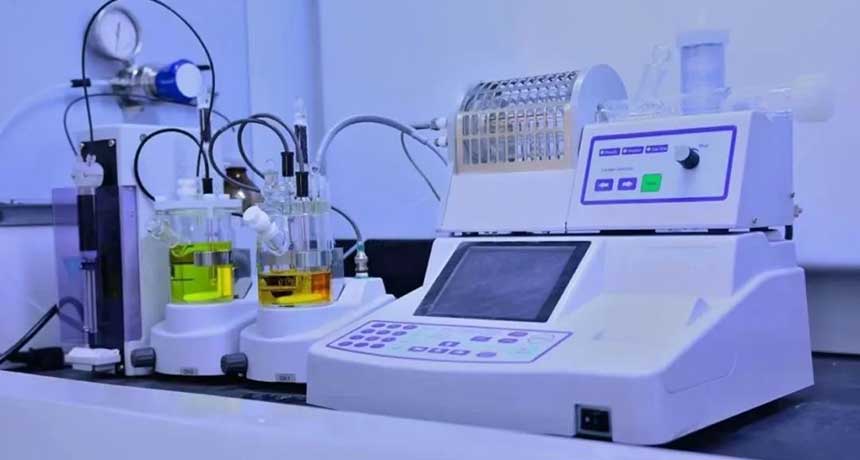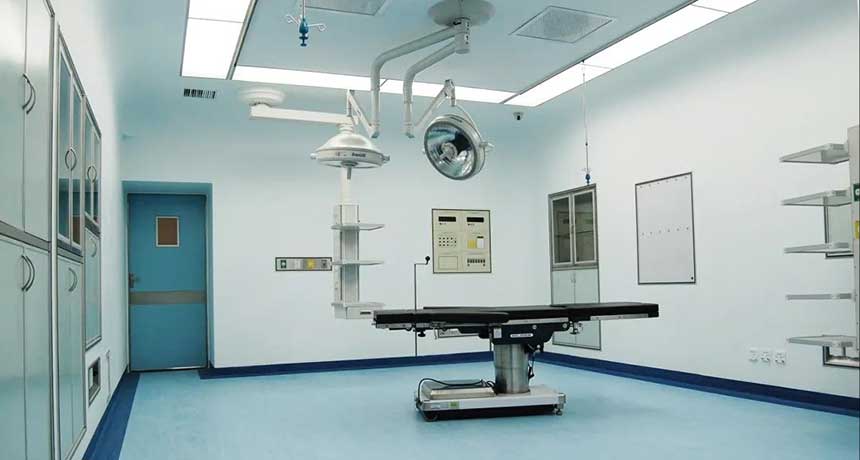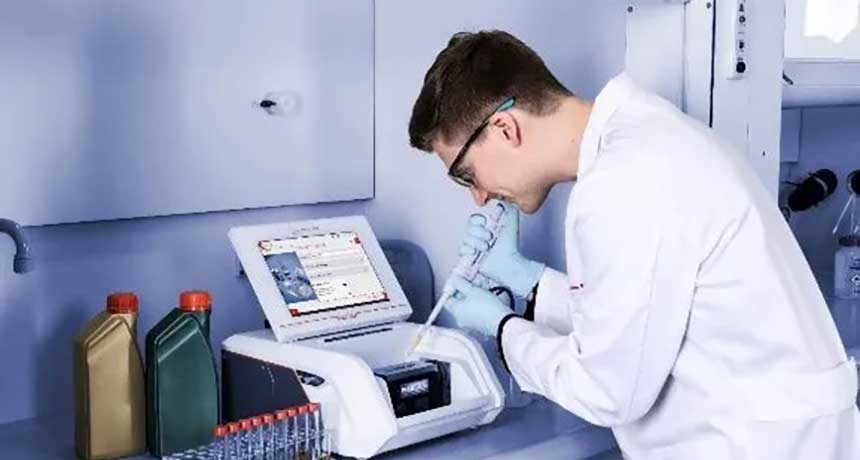
E-mail:

TEL:
(0086) (20) 34174486 / 34174605
(0086)18998432898
(0086)18998432898
- Home
-
Products
Medical X Ray Machine Ultrasound Machine Emergency & OT Equipment Endoscope Morgue Equipment Pathology Equipment Medical Waste Incinerator Laboratory Equipment Gynecology & Obstetrics ENT Instrutment Sterilization Equipment X-ray Protection Series Hospital Furniture X Ray Accessories Medical Consumables Veterinary Equipment Dental Equipment Medical Electronics Orthopedics Equipment Andrology Equipment Hemodialysis Equipment & Accessories Medical Models Medicine Refrigerator Urology Medical Laser
- Download
- About Us
- News
- Contact us
- Reviews & References




